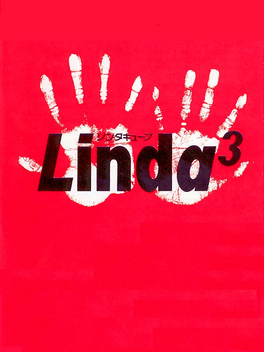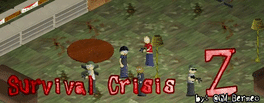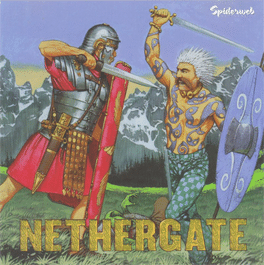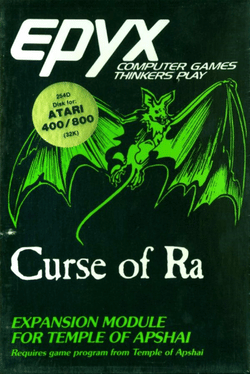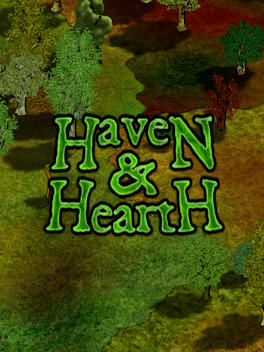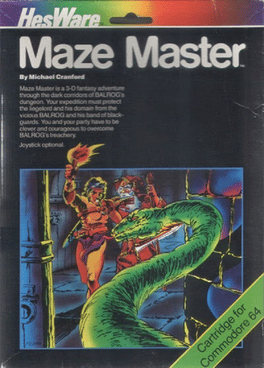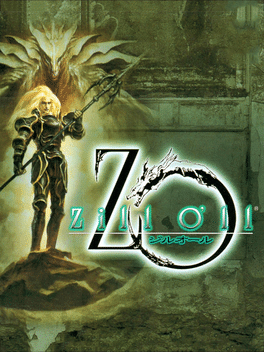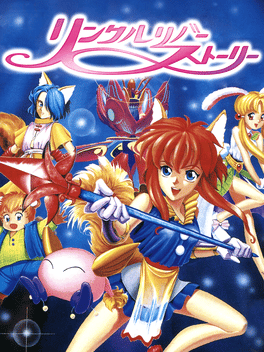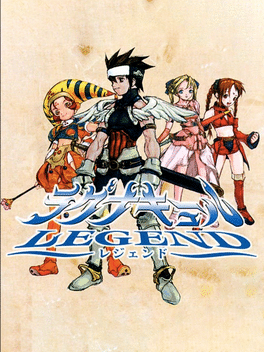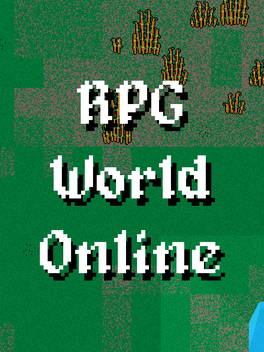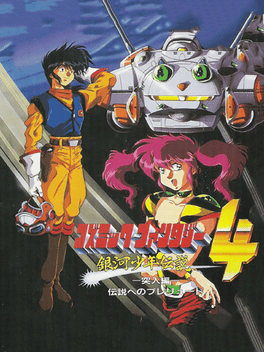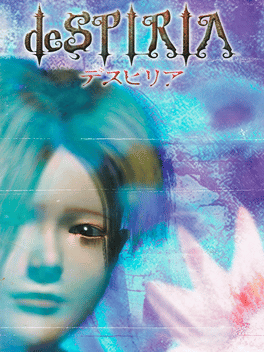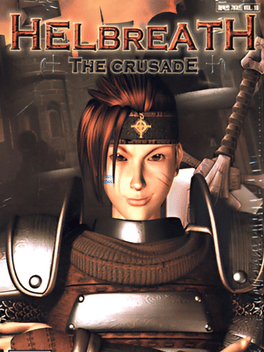Most Popular Role Playing Rpg Games - Page 300
-
Monsters of Kanji
2019
Monsters of Kanji
2019
Learn to recognize the kanji hidden inside more than 100 monsters and help MARTY to save his world by understanding it. -
Linda Cube
1995
Linda Cube
1995
Linda Cube is an esoteric JRPG that combines elements of psychological horror with monster collection. Neo Kenya is the name of a world that is in danger of being completely annihilated by an asteroid. The armies of Neo Kenya have searched for every conceivably way to prevent the coming catastrophe. When the inhabitants of the world turn to a dark god, their prayers and nightmares come true. Originally released for PC, Linda³'s shockingly violent scenes earned it one of the few “18+” ratings on the system. -
Torn
2004
Torn
2004
"Torn is a text-based online RPG set in Torn City, a dark, murky underworld where only the sharpest survive. In Torn City you can be anyone and do anything. Build your character to infinite strengths and play it your way. Torn City is a massively multiplayer game with thousands of active players around the world. Join them, attack them, befriend them, marry them, trade with them, compete with them. Whatever you do - Do it now!" -
Survival Crisis Z
2004
Survival Crisis Z
2004
The game takes place in a city during the wake of a zombie apocalypse. Players assume the role of a survivor, and are given free rein in how they deal with the hostile world. -
Nethergate
1998
-
Madou Monogatari 1-2-3
1990
Madou Monogatari 1-2-3 consists of three separate adventures, all of which star young magician Arle Nadja. Billed as a "Magical Voice Role Playing Game", Madou Monogatari 1-2-3 combines diverse, colorful monster design with a then-unusual amount of voice work. The game is also notable for a near-complete lack of numerical stats, instead portraying health, damage, and magic capacity using text cues and Arle's face portrait. -
Haven & Hearth
Haven & Hearth is a MMORPG (Massive Multiplayer Online Roleplaying Game) set in a fictional world loosely inspired by Slavic and Germanic myth and legend. The game sets itself apart from other games in the genre in its aim to provide players with an interactive, affectable and mutable game world, which can be permanently and fundamentally changed and affected through actions undertaken by the players. Our fundamental goal with Haven & Hearth is to create a game in which player choices have permanent and/or lasting effects and, thus, providing said players with a meaningful and fun gaming experience -
Maze Master
1983
Maze Master
1983
You lead your party of three into the dungeons to gain riches and ultimately find the Balrog which you have to kill. -
Zill O'll
1999
-
Linkle Liver Story
1996
Linkle Liver Story
1996
Linkle Liver Story is an action-oriented RPG that takes place on a distant planet called Mamuuna whose inhabitants are humans with animal qualities. The story centers around the "Mother Flower" which gives life to all new beings on the planet when one day it disappears. -
Exterminate the world
2018
The exciting and refreshing VR game is coming. In this game you will play a demon that will destroy the world. Destroy the houses, the cars, the planes, the tanks, even the zombies!!! You can choose different weapons. Take out the dark energy of work and life. Of course, you can also do it with bare hands. Come to experience the pleasure of killing and destruction. -
Lagnacure Legend
2000
Lagnacure Legend
2000
Sequel to Lagnacure, Lagnacure Legend takes place fifteen years after the first game's events, continuing on with the son of the main character from the first game. -
RPG World Online
2000
RPG World Online
2000
RPG World Online is an online, multiplayer, persistent, sandbox role-playing game. It has old school graphics with modern, new school features, and has been running since 2000. -
Tenerezza
2003
Tenerezza
2003
Japanese game developer Aquaplus, better known for its H dating sims such as To Heart and Comic Party made this 3D action RPG, Tenerezza (meaning "tenderness" in Italian). Tenerezza is an action role-playing game. The player can charge up magic spells by pressing down a key or a controller button, and then unleash them on the enemies. It is also possible to attack physically and equip a variety of weapons and armor. When a sufficient amount of experience points is gathered and Tenerezza levels up, the player can manually raise her attack or defense power, or her proficiency in one of the elemental magic kinds. -
deSpiria
2000
deSpiria
2000
deSpiria is an RPG adventure that takes place in the futuristic Japan of 2070. Twenty-two years after the World War III, an organization known as Church has taken power. You play as Allure Valentine, a girl who was recruited by the Church as an undercover agent. On one of her missions, Allure boards a train that crashes shortly thereafter. Her first task will be to find a way out of the underground tunnel and to discover who or what was behind that crash. The game is a RPG with elements of pure adventure. The entire game is viewed from first-person perspective. You fight enemies in turn-based battles, but instead of usual party you have several "minds", a kind of summoned monsters who will fight together with Allure. They will heal or attack the enemy using special "mind attacks" of various elements - love, curse, etc. In adventure mode, you explore the environments by pressing the A button, which will highlight objects you can interact with. The movements are shown as short CG sequences, similar to many Western-s -
Rakion
2005
Rakion
2005
Rakion is an online strategy action game. The game focuses on intense sword on sword battles with RPG style characters and settings, along with the strategic battle plans to provide the ultimate battle experience. Just like a MMORPG, the concept of gaining experience points and leveling up exists in Rakion as well. Through the level-up system, you can upgrade your character's skills and equipment as well as your summons. Summoned creatures will become much stronger as you level up. -
Helbreath
1999

